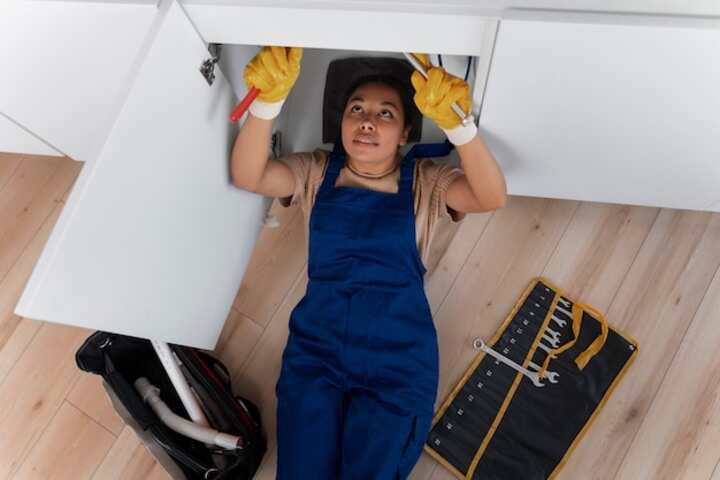
Effective Solutions for Sewer Line Damage Repair and Landscape Drainage Systems
Sewer line damage and inadequate landscape drainage systems are common issues that can potentially disrupt daily living and cause extensive property damage. Addressing these problems efficiently requires understanding the underlying causes, implementing the right repair techniques, and establishing preventive measures. This article explores effective solutions for repairing sewer line damage and enhancing landscape drainage systems, offering insights into best practices and innovative methods.
Understanding Sewer Line Damage
Sewer line damage can arise from various factors, including aging pipes, tree root intrusion, and ground movement. Recognizing the signs early can prevent more severe problems and costly repairs. Common indicators of sewer line issues include:
- Frequent sewage backups in toilets or drains.
- Unpleasant odors emanating from drains.
- Slow draining sinks and tubs.
- Unusual patches of green grass in the yard.
- Foundation cracks or settlement issues.
Effective Repair Solutions for Sewer Line Damage
When it comes to repairing sewer line damage, several methods can be employed, depending on the severity and nature of the problem:
- Trenchless Sewer Repair: This modern technique involves minimal digging, making it less invasive and more cost-effective. It includes methods such as pipe lining and pipe bursting. Explore further insights here.
- Traditional Excavation: While more disruptive, this method may be necessary for severe damage or when trenchless options are not feasible.
- Root Removal: If tree roots are the cause, specialized equipment can be used to cut and remove them from the sewer line. Regular maintenance can prevent future occurrences.
- Preventive Maintenance: Regular inspections and cleaning can help detect potential issues before they escalate. Read more about this topic.
Enhancing Landscape Drainage Systems
Proper landscape drainage is crucial to prevent water accumulation around the home, which can lead to foundation issues and water damage. Effective drainage systems ensure that water is diverted away from the property efficiently.
Key Components of a Good Drainage System
A well-designed landscape drainage system typically includes the following components:
- Gutter Systems: Properly installed gutters and downspouts direct rainwater away from the house.
- French Drains: These are trenches filled with gravel or rock containing a perforated pipe that redirects surface water and groundwater away from an area.
- Dry Wells: These underground structures collect and disperse unwanted water, preventing pooling on the surface.
- Grading: Proper landscape grading ensures that the slope of the yard directs water away from the home.
- Sump Pumps: In areas prone to flooding, sump pumps can effectively remove excess water from basements or crawl spaces. Learn more in this detailed guide.
Regular Maintenance and Inspection
To ensure the longevity and efficiency of landscape drainage systems, regular maintenance and inspection are vital. This includes:
- Clearing debris from gutters and downspouts to prevent clogging.
- Inspecting French drains and dry wells for blockages.
- Checking the functionality of sump pumps and testing them periodically.
- Reassessing landscape grading to accommodate any changes in the terrain.
Regular upkeep not only extends the lifespan of the drainage system but also protects the property from potential water damage. Find additional information here.
Conclusion
Addressing sewer line damage and implementing effective landscape drainage systems are crucial steps in maintaining a safe and functional property. By understanding the causes and solutions for these issues, homeowners can take proactive measures to prevent extensive damage and ensure proper water management. Regular maintenance, coupled with the use of modern repair techniques, can lead to long-term benefits and peace of mind.